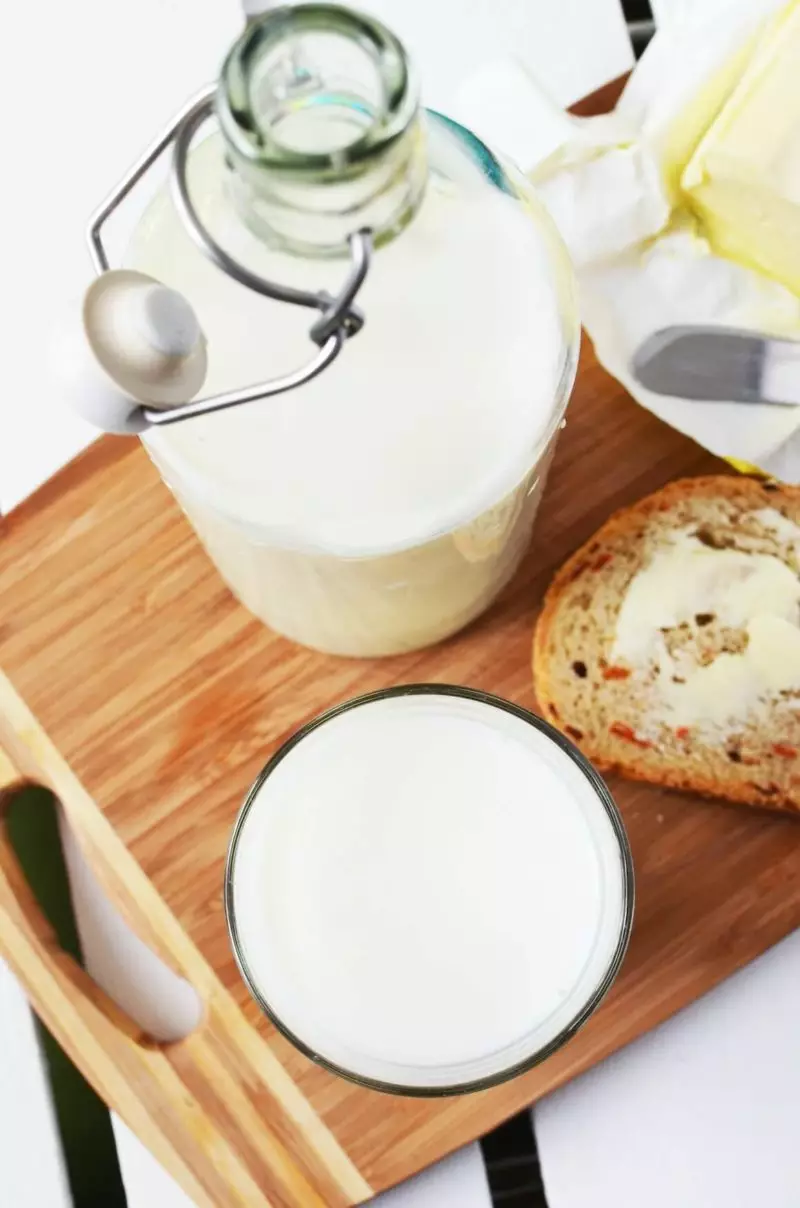
Insulin resistance (IR) is becoming a widespread health condition, as each year, an increasing number of people are diagnosed with it. In fact, in the United States, an estimated 60 to 70 million individuals are affected by this condition. [1]
It is essential to know that IR is not a harmless medical problem that can be neglected or ignored. If left untreated, it can lead to prediabetes and type 2 diabetes, significantly reducing the life quality of the patients, and posing significant health risks (like stroke and heart disease). [2]
Luckily IR is reversible! And according to the CDC, increasing physical activity, achieving sleep hygiene and making suitable dietary changes can really make a difference. [3] This article will focus on the dietary part!
We will guide you through the foods that you can eat if you are diagnosed with insulin resistance, the ones that can help you reverse this health condition, as well as the foods that should be limited or completely avoided!
Let’s dive into the topic.
![]()
What foods to eat with insulin resistance?
There is no specific diet that is associated with improved insulin sensitivity.
However, the dietary changes for patients with IR include whole, plant-based foods instead of processed ones, as well foods rich in vitamins, minerals, fiber, and healthy fats instead of high-carb, sugary foods packed with saturated (unhealthy fats.) [4] [5]
Taking these guidelines into account, the number #1 rule when it comes to IR diet is to focus on achieving a healthy weight. People with IR tend to be overweight. For this population, weight loss is recommended through making healthy diet changes while in a calorie deficit (eating less calories than you burn per day) without sacrificing balanced and diverse food choices. [6] In most cases such diets are based on foods low in carbs and fats.

Fruits
Generally, although fruit is a carbohydrate, most fruits are recommended for insulin resistance patients. You can go for both fresh and frozen fruit, as these two options provide you with the optimal nutrients of these foods. Just keep in mind to eat them whole or blend them in a homemade smoothie– this way you can ensure no fiber is lost!
More specific fruit recommendations include fruits with low/medium glycemic index and high fiber content [7]:
- Apples
- Berries
- Citrus fruits
- Peaches
- Pears
- Apricots
Fruit juices, canned fruits (they have less fiber and are usually with added sugars).

Vegetables
All non-starchy veggies are highly recommended for insulin resistance patients and several portions of these should be consumed daily [9]:
- Leafy vegetables (e.g., cabbage, kale, lettuce, spinach, brussels sprouts)
- Root vegetables (e.g., carrots, celeriac, radish, turnip)
- Squash (e.g., courgettes, cucumber, squash, pumpkin)
- Stalk vegetables (e.g., asparagus, celery, leeks, spring onions)
- Legumes (beans, peas, lentils, chickpeas)
- Aubergine
- Broccoli
- Cauliflower
- Mushrooms
- Peppers
- Tomatoes
In fact, evidence suggests that the regular consumption of soluble dietary fiber (which is abundant in vegetables, some fruits, and whole grains) may improve blood glucose levels, insulin sensitivity, and metabolic profile, reading the risk of prediabetic conditions and type 2 diabetes. [10]

Whole grains
According to a 2018 paper published in the Nutrients Journal, regular high (but measured) intake of whole grains can be associated with improved insulin sensitivity, regulated blood sugar, and lower risk of type 2 diabetes. [11]
That being said, whole grains include:
Cooking oils
As the general recommendations for IR diet are based on moderate/limited consumption of fats (and oils,) choosing the right types of cooking oils is key.
According to a 2016 paper published in the BMJ Open Diabetes Research and Care, substituting saturated oils (solid at room temperature and when refrigerated) with polyunsaturated oils (liquid at room temperature and solid when refrigerated) may improve insulin sensitivity. [13]
Based on these implications, IR patients are often recommended to include the following unrefined healthy oils into their diet:
- Fish oil
- Flaxseed oil
- Sunflower oil
- Corn oil
- Soybean oil
- Olive oil
These are mainly animal fat, butter, coconut oil, cocoa butter, and palm oil.

Meat and poultry
Generally, the regular consumption of red and processed meat is associated with increased insulin resistance. [14] [15] One of the reasons for this is the high content of saturated fats in these foods.
Even though IR patients are recommended to reach for plant-based proteins (legumes, soy products) and limit the meat and poultry consumption, they can still consume limited amounts of the following foods [16] :
- Lean cuts of meat
- Poultry without skin
- Ground beef with low fat percentage
Dairy foods
A 2019 review paper published in the Nutrients Journal suggests that the moderate intake of low-fat dairy foods may positively impact insulin sensitivity, waist circumference, and body weight. [17]
- Cheese with reduced fat
- Low fat milk and yogurt
- Semi-skimmed milk and yogurt

Seafood
Seafood is a definite YES for IR patients. It has naturally high polyunsaturated fats content, as well as omega 3 and 6 fatty acids, vitamins, minerals, and high-quality protein.
- Sea bass
- Catfish
- Cod
- Halibut
- Mahi Mahi
- Swordfish
- Tilapia
- Trout
- Tuna
- Salmon
- Mackerel
- Sardines
- Anchovies
- Shrimp
- Crab
- Lobster
- Camps
- Mussels
- Oysters and scallops
- Octopus
Conclusion
Improving insulin sensitivity is all about making better dietary choices. But while specific diets may work for some patients, other individuals may not benefit from these. Finding what foods work for you is essential, and consulting a dietitian about your diet changes can significantly make the dieting process easier, more pleasant, and effective.








